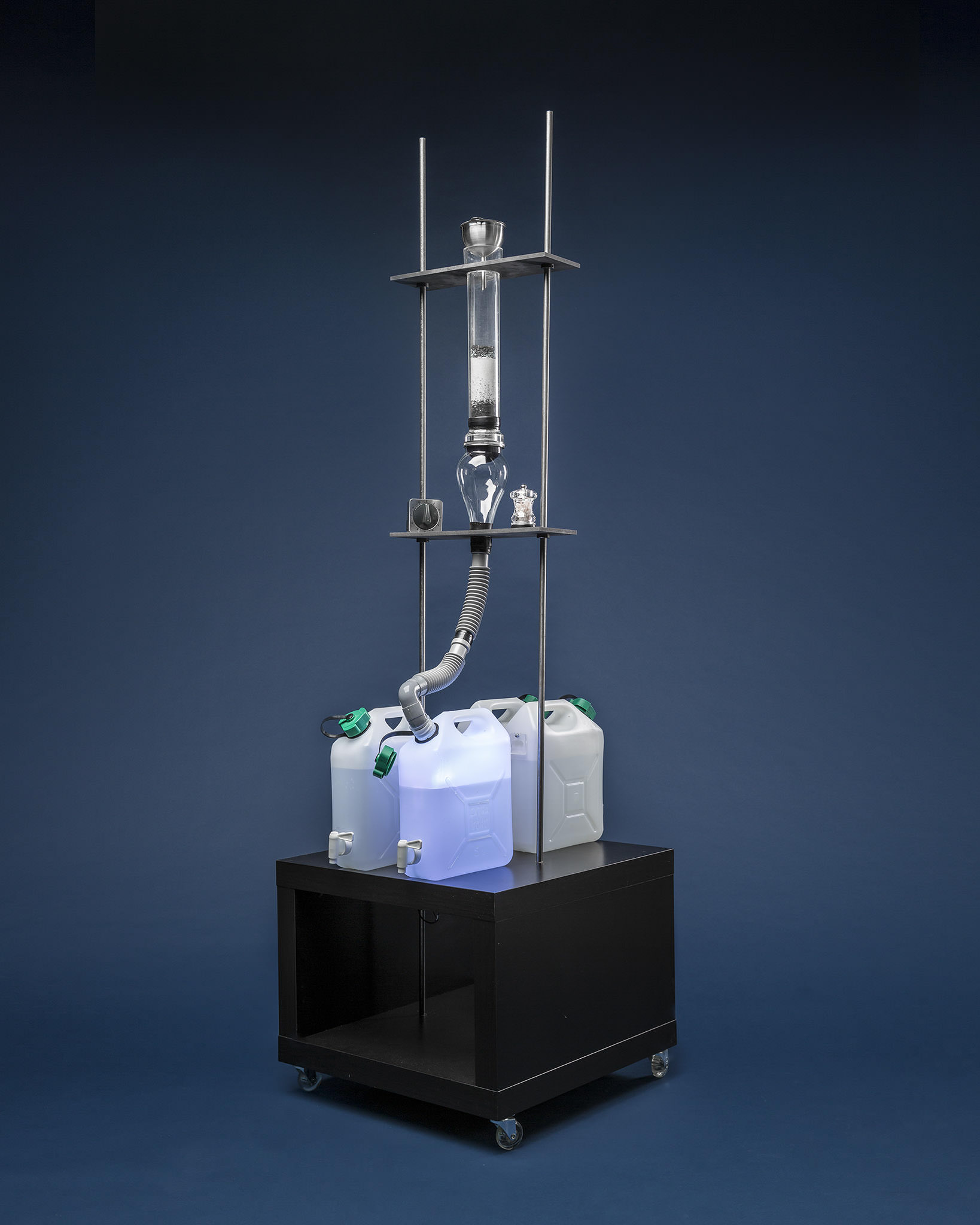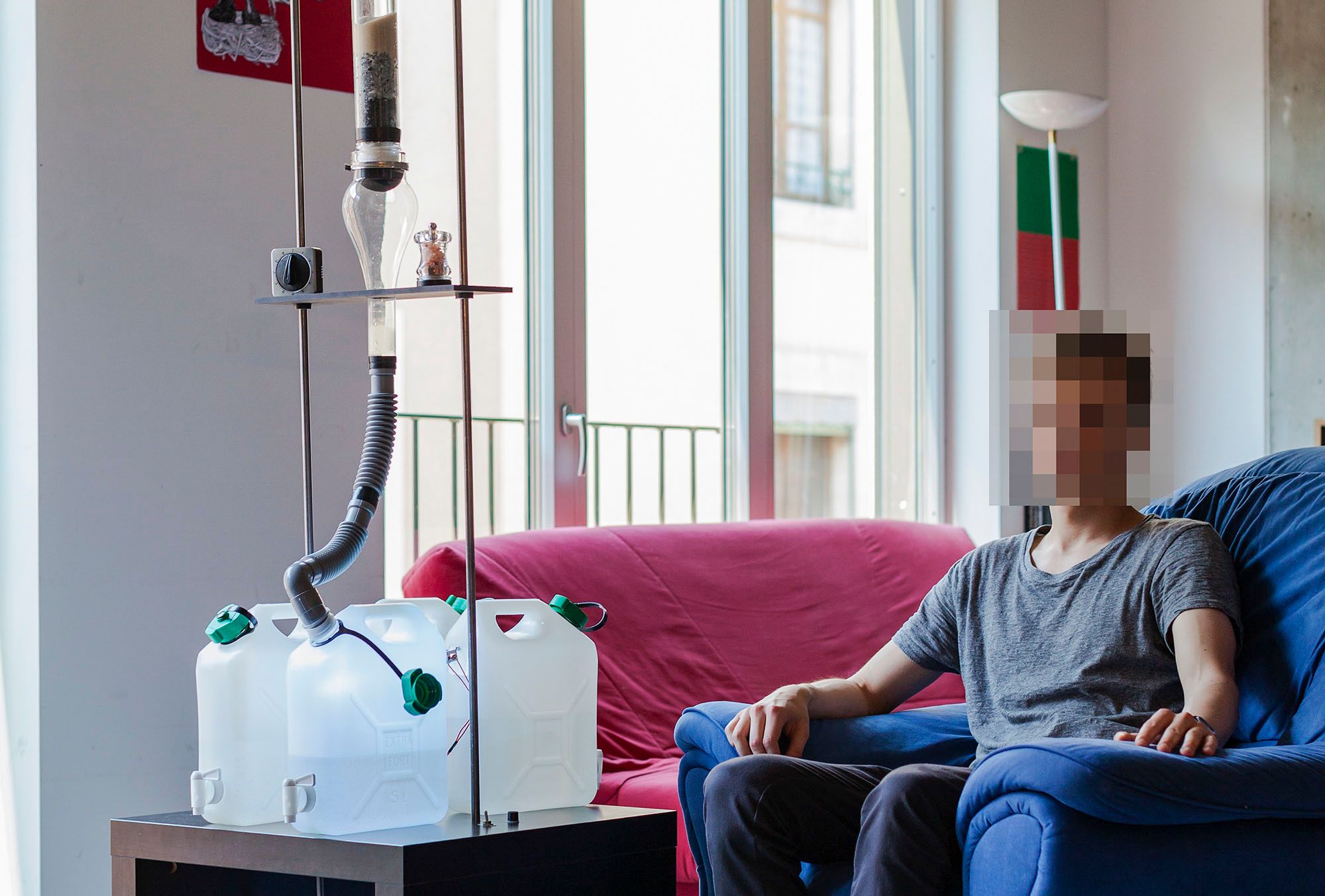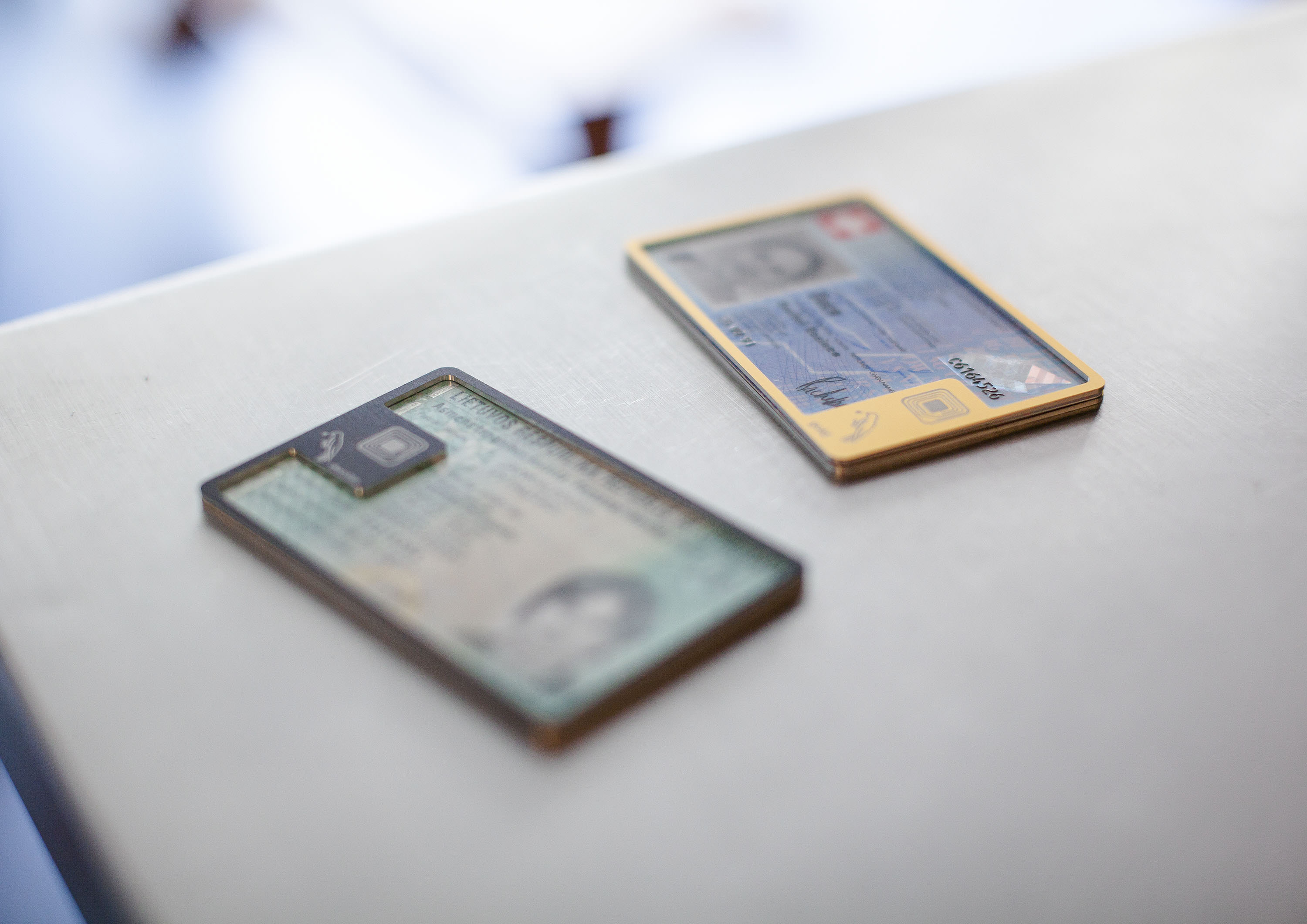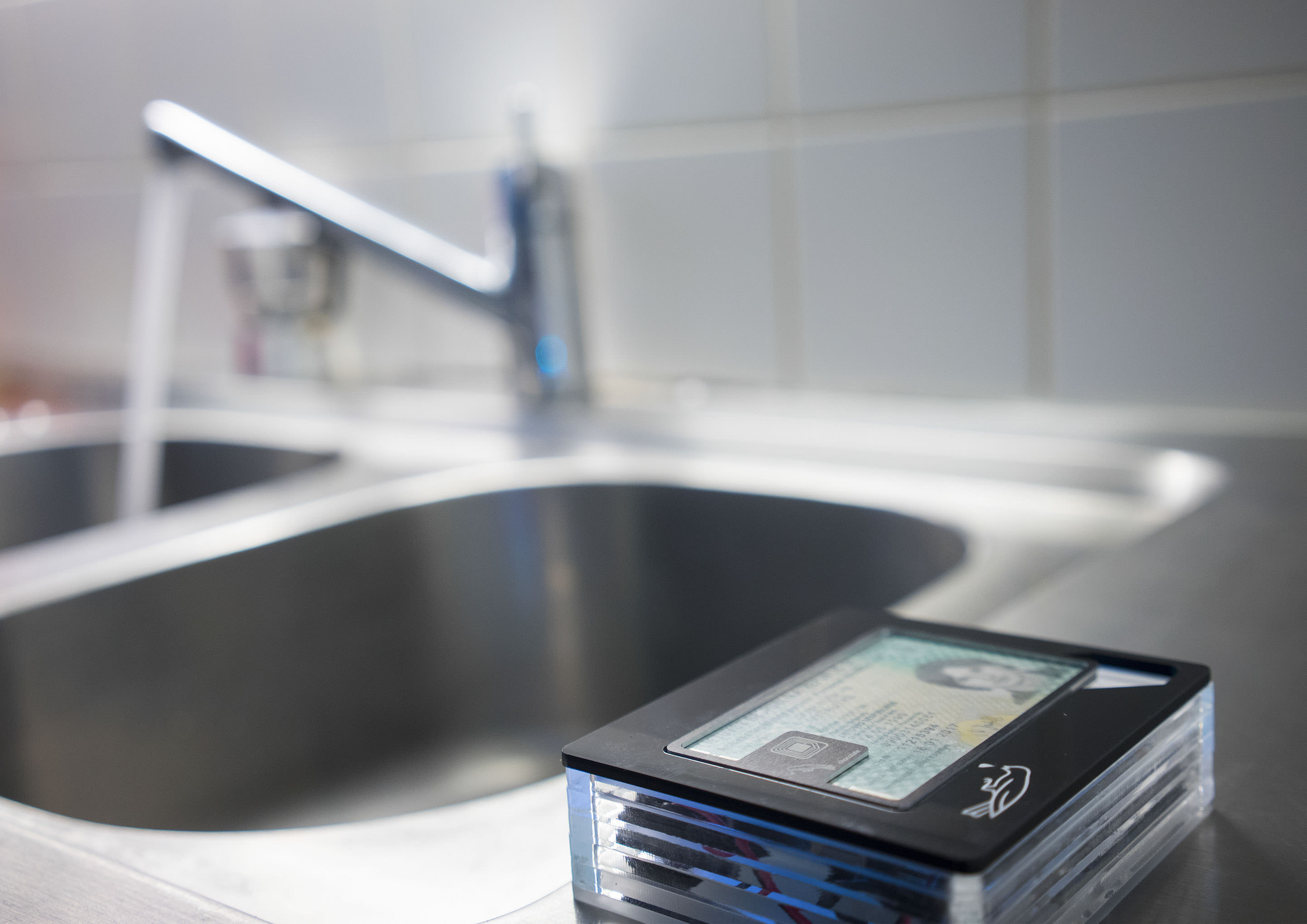Vytas Jankauskas is a media artist, designer, and educator specializing in connected objects and artificial intelligence. His practice critically examines how technology shapes mundane spaces and rituals.
Vytas' work has been showcased at notable venues including the Medialab Matadero, V&A Digital Design Weekend, Tate Modern Late Exchange, CCCB (with Superflux), Chroniques Biennale, Chronus Art Center, Salone Internazionale del Mobile, ISEA, and Cité du Design St.Etienne, among others.
Currently, he is the Head of Digital Pool at HEAD–Genève (Geneva University of Art and Design) and leads interdisciplinary programmes at the Innovation Lab of La Plateforme in Marseille.
From 2019 to 2021, Vytas was the Head of Research and Creation at the Chronus Art Center Lab in Shanghai. In 2021, he also served as an Adjunct Faculty member at NYU ITP, Tisch School of the Arts. Prior to these roles, he worked as a designer at the critically acclaimed speculative futures design practice Superflux in London, from 2015 to 2018.
E: vytas@vjnks.com
CV: 2025
How the Build a Water Filter
How to Build a Water Filter Youtube tutorial from the future reshapes our notions of nationality and citizenship, through a near-future microcosm, in which all water has become commodified.
The presented future is a saturated manifestation of corporate power and monetised citizenship, where policymaking has been outsourced to multinational companies. The project presents a reality where one’s financial status determines one’s water allowance. Tap water is accessible via dedicated national identity card extensions that come in Basic, Black and Gold versions.
A society where independent water filtering is proclaimed unsafe and therefore illegal, gives birth to water hacking. Convinced that natural resources should remain a universal human right, our water hacker has built a DIY water filter and published subversive instructional online tutorials, as well as useful tips for avoiding surveillance. Currently considered a tool for developing countries, in this future, a water filter has become a symbol of resistance for many.
The presented future is a saturated manifestation of corporate power and monetised citizenship, where policymaking has been outsourced to multinational companies. The project presents a reality where one’s financial status determines one’s water allowance. Tap water is accessible via dedicated national identity card extensions that come in Basic, Black and Gold versions.
A society where independent water filtering is proclaimed unsafe and therefore illegal, gives birth to water hacking. Convinced that natural resources should remain a universal human right, our water hacker has built a DIY water filter and published subversive instructional online tutorials, as well as useful tips for avoiding surveillance. Currently considered a tool for developing countries, in this future, a water filter has become a symbol of resistance for many.
The filter is built from everyday gardening materials, refurbished personal belongings, and several second-hand flea market acquisitions. The filtering mechanism consists of four steps: a slow sand filter, a silk filter, a short-range UV lamp for water sterilisation, and raw salts to re-mineralise the treated water.
Tangible, functional tools, designed for plausible future worlds, can provide a deeper understanding of the present, and help anticipate potential societal issues yet to come. For this reason, the project concludes with a Water Hacker’s Manifesto, a proclamation of author-signed, yet publicly accessible DIY templates.
Special thanks to Juliette Rambaud, Monika Steiger, Camille de Dieu, Manja Ciric, Dylan Perrenoud, Marina Khémis, Claire Vivarès, and Sergio Streun.

V&A Digital Design Weekend (2016), étapes Exhibition at Gallerie 12 (2015), Head–Genève Degree Show (2015)
Mentions:Designing Futures: Speculation, Critique, Innovation. Groß, Leicht, Mandir (2024), Discursive Design: Critical, Speculative, and Alternative Things, B&M. Tharp, MIT Press (2022)
Mentions:Core 77 Design Awards. Speculative Concepts Runner-Up (2016)


